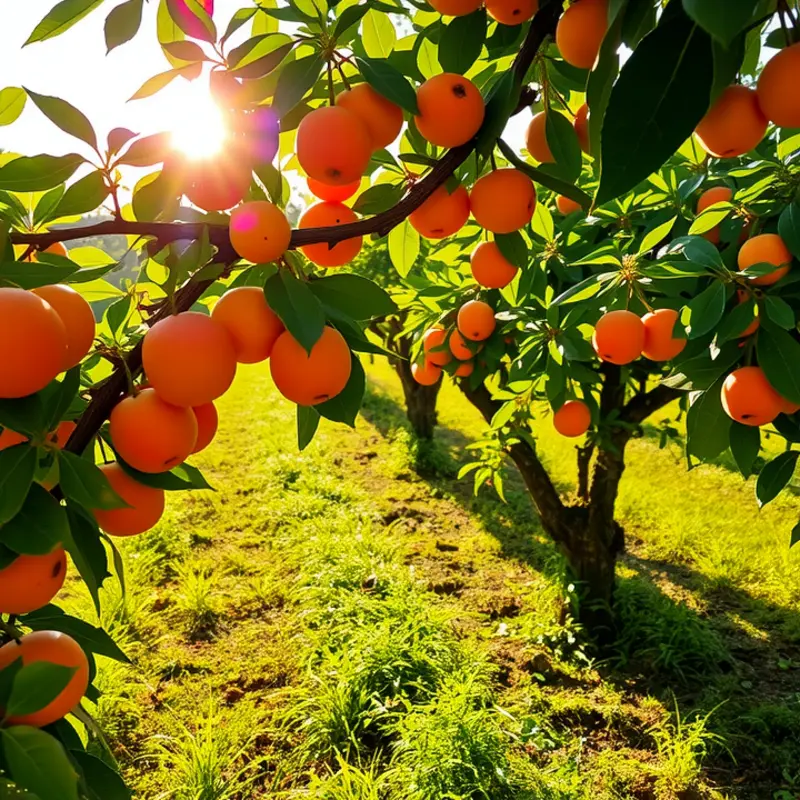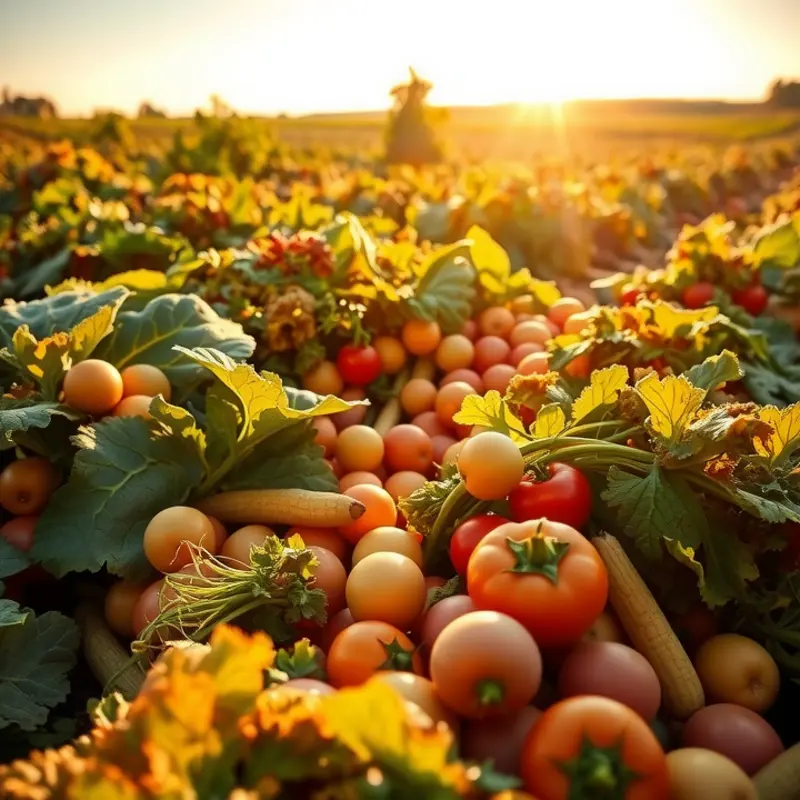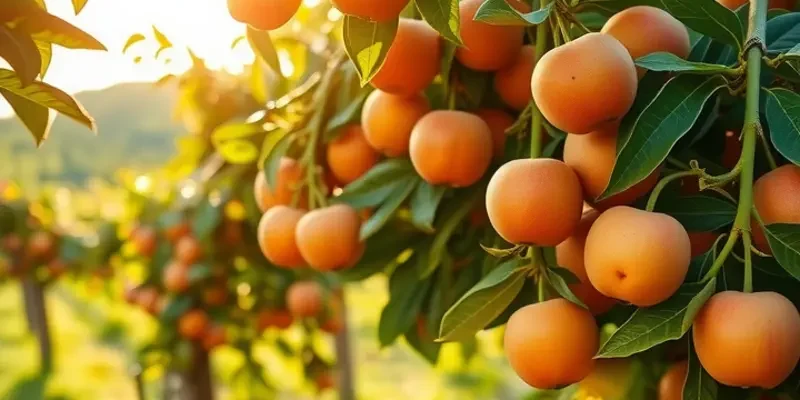As the holiday season approaches, kitchens around the globe come alive with the aroma of spices, sweets, and baked goods. Each culture has its unique baking traditions that reflect its history, values, and festive celebrations. From gingerbread houses to traditional fruitcakes, these culinary creations are interwoven with stories and family rituals. Join us on this delightful journey to explore the world’s holiday baking traditions, each bite telling a tale of heritage, community, and joy.
Savoring Sweetness: European Traditions

European holiday baking is a delightful reflection of centuries of tradition, culture, and flavor. Each country, and sometimes even each region within a country, has its own cherished sweets that make the festive season special. These treats, often enveloped in stories and family customs, bring warmth and togetherness during the holiday season.
Germany’s stollen is a quintessential example of a festive bread that bridges the gap between dessert and tradition. This rich, fruit-laden loaf, dusted with an abundant layer of powdered sugar, dates back to the 14th century. Originating in Dresden, stollen was initially a symbol of financial prosperity, made with simple ingredients like flour, oats, and water. However, over time, it evolved into a luxurious delight, enriched with spices, marzipan, nuts, and candied fruits. Every year, the Dresden Stollen Festival celebrates this loaf’s enduring legacy, drawing visitors eager to taste its unparalleled flavors.
Italy offers the world a different kind of holiday cake—the panettone. Known for its tall, dome-like shape, this sweet bread has a texture akin to a delicate cake, yet is filled with a bounty of dried fruits and citrus zest. Milan claims the origins of panettone, with tales dating back to the Middle Ages. The secret to panettone’s characteristic airy quality lies in the dough, which undergoes a meticulous, time-intensive rising process. Each Italian family may have its variation, some incorporating regional twists like chocolate or different nuts, highlighting the adaptability and diversity inherent in Italian culinary practices.
Traveling further north, Scandinavia offers the Kardemummakaka, a Swedish cardamom cake. Its simplicity belies a complex aroma, showcased prominently during the Advent season. Cardamom, a spice more often associated with Indian cuisine, is given a Scandinavian twist, offering warmth to cold, wintry days. Families gather to enjoy this tender cake along with strong coffee, embodying the tradition of ‘fika,’ a cherished Swedish coffee break.
In France, holiday baking is as much about technique as it is about taste. The bûche de Noël, or Yule log, is a classic French dessert that demonstrates both. This rolled sponge cake, filled with buttercream and shaped like a wooden log, honors the historical Yule log tradition, once burnt to bring good luck. Pastry chefs transform this cake into artistic masterpieces, embellishing it with meringue mushrooms, marzipan leaves, and an elaborate dusting of cocoa powder to mimic the forest floor.
The festive baking traditions of Europe are not just about satisfying a sweet tooth; they are deeply connected to social and familial rituals. For instance, while baking these specialties, families often harvest their gardens or source local produce, reinforcing knowledge of seasonal ingredients. To explore more on supporting traditions with local ingredients, visit our guide on practical ingredient batching.
These age-old recipes serve as a means of cultural preservation, passed down through generations, and customized over time, yet always aimed at bringing families together. As holiday tables across Europe are filled with these beloved treats, they personify the heart of festive celebration, where culinary art and cultural heritage intertwine beautifully.
Global Festivities: Sweet and Savory Around the World

The festive season is a time when communities worldwide express their rich cultural tapestry through the art of baking. Each region has its unique way of celebrating, from the spicy aromas of cardamom in the Middle East to the vibrant sweetness of Mexican offerings. Dive into these global traditions, where each treat tells a story of heritage and togetherness.
In the bustling markets of the Middle East, the soft crunch of maamoul is a familiar sound during holiday celebrations. These delicate, buttery pastries are filled with dates, nuts, and sometimes spices like cinnamon or nutmeg. Maamoul’s intricate designs, meticulously pressed using special wooden molds, reflect the care and craftsmanship honed over generations. The use of semolina, combined with fragrant orange blossom water, creates a pastry that is both moist and aromatic, embodying the essence of Middle Eastern hospitality.
Crossing the Atlantic to Latin America, we find ourselves indulging in pan de muerto, a staple during Mexico’s Día de los Muertos. This sweet bread, often flavored with anise, is a symbol of life’s cyclical nature. Topped with sugar and adorned with bone-like shapes, pan de muerto is more than a treat—it’s a tribute to ancestors, encapsulating both remembrance and celebration. The preparation of this bread, with its tender crumb and sweet finish, showcases the influence of indigenous and colonial culinary traditions.
Further south, Argentina presents its own festive delight. Empanadas, often associated with celebratory gatherings, encapsulate the savory spectrum of holiday baking. Filled with spiced meats, or sometimes sweetened with dulce de leche for a dessert twist, these pastries are versatile canvases for regional flavors. The crisp, golden pastry shells give way to intricate fillings that vary from village to village, highlighting the localized interpretations of these beloved pockets.
Traveling to Asia, we encounter the intricate layers of kue lapis from Indonesia. This colorful, multi-layer cake is a testament to patience and precision. Traditionally steamed one layer at a time, kue lapis combines rice and tapioca flour with coconut milk and fragrant pandan or vanilla. The result is a striking, chewy confection, often reserved for celebrations because of the labor-intensive process involved.
Australia’s unique blend of British and indigenous influences manifests in the pavlova, a dessert centered at many a festive table. Named after the Russian ballerina Anna Pavlova, this cloud-like creation of meringue topped with fresh fruits is as much about the visual appeal as it is about taste. Its crisp exterior and marshmallow-like center make it a quintessential summer holiday dish.
Although the ingredients and methods differ, these global baking traditions share a common thread. They bring people together, delighting the senses with a blend of flavors and aromas that resonate with cultural heritage. In this way, holiday baking not only satisfies the taste but also nourishes the spirit, fostering a connection that transcends geographic boundaries.
For those exploring the culinary practices that shape these diverse traditions, understanding the role of ingredients and techniques can deepen appreciation. Culinary Influences of Trade offers further insights into how global exchanges have sculpted these rich baking practices, allowing you to savor both the history and flavor of each bite.
Final words
The holiday season is a tapestry woven with flavors, stories, and time-honored traditions. As we’ve explored, baking plays a central role in cultures worldwide, fostering togetherness and sharing joy. Whether you’re drawn to the gingerbread houses of Germany or the rich fruitcakes of England, each baked good has a story waiting to be told. So, as you preheat your oven this season, consider trying out these global holiday baking traditions. With each bite, you are not just savoring a treat, but also experiencing a part of the rich cultural heritage that celebrates family, community, and the joy of giving.








